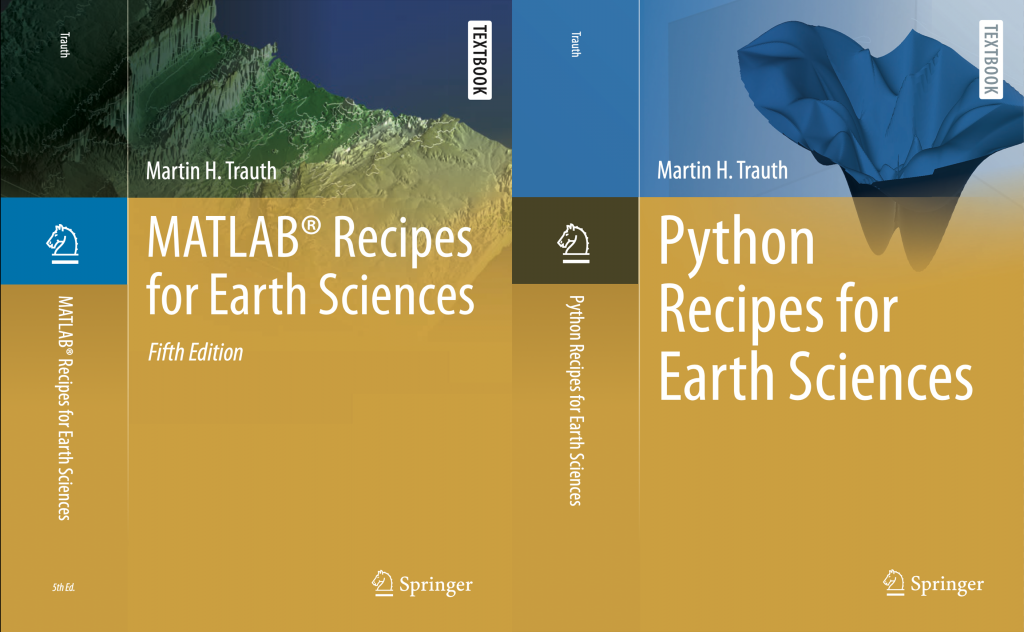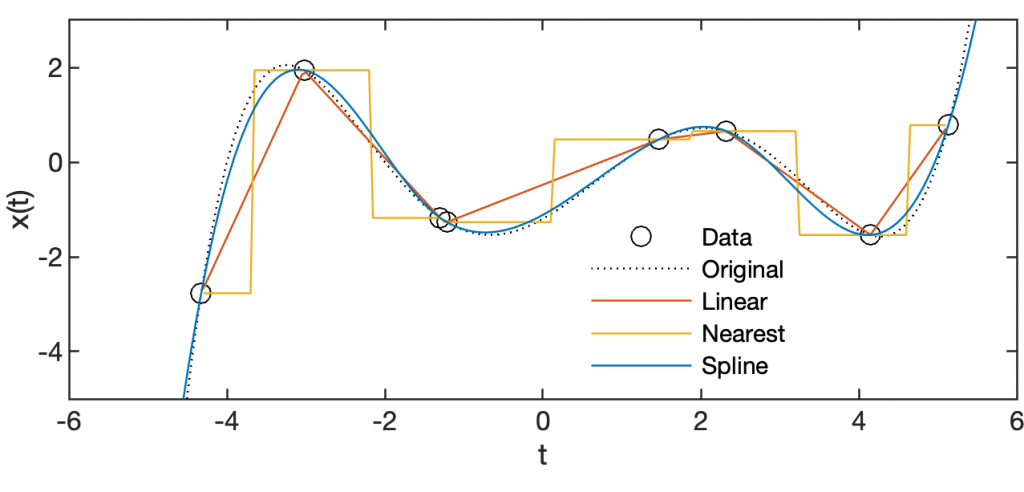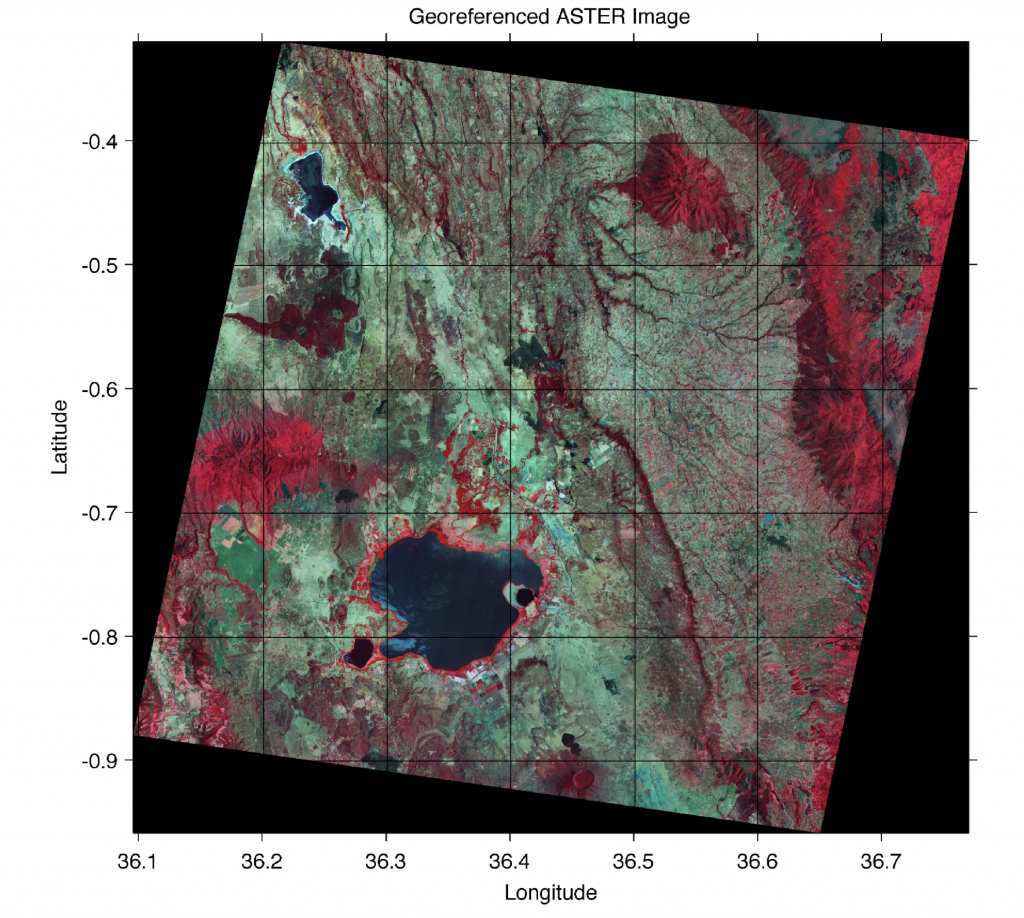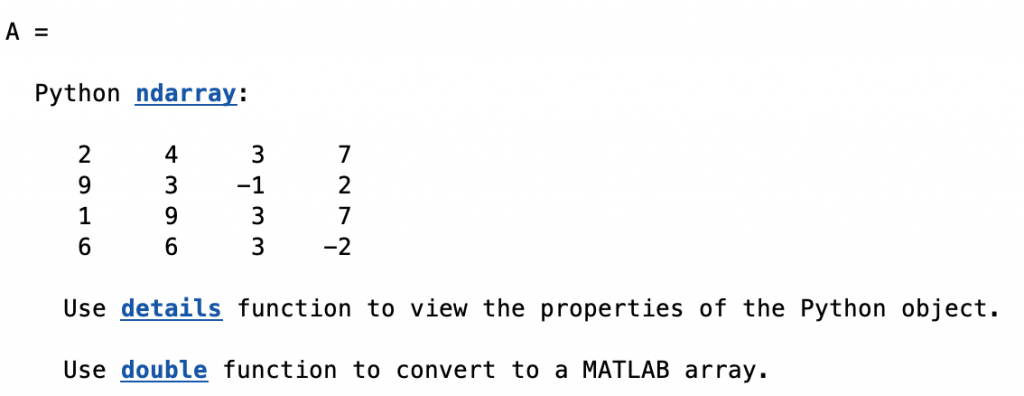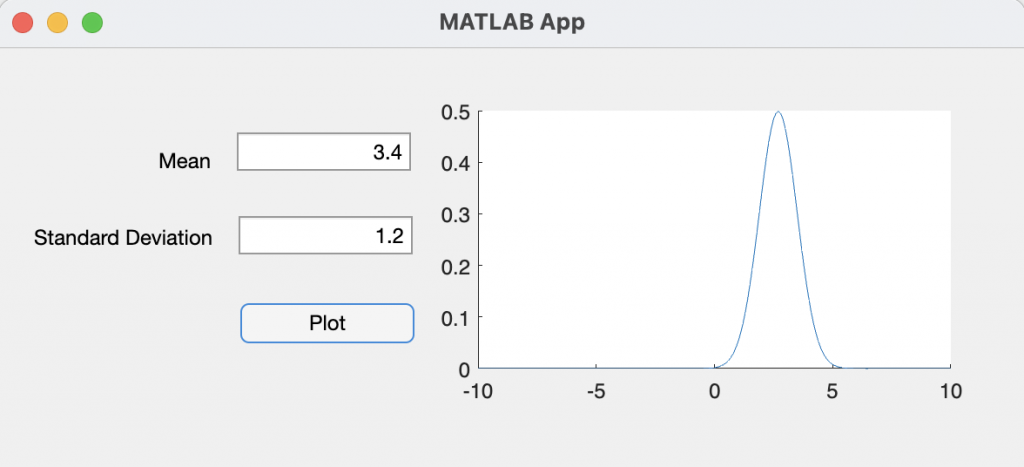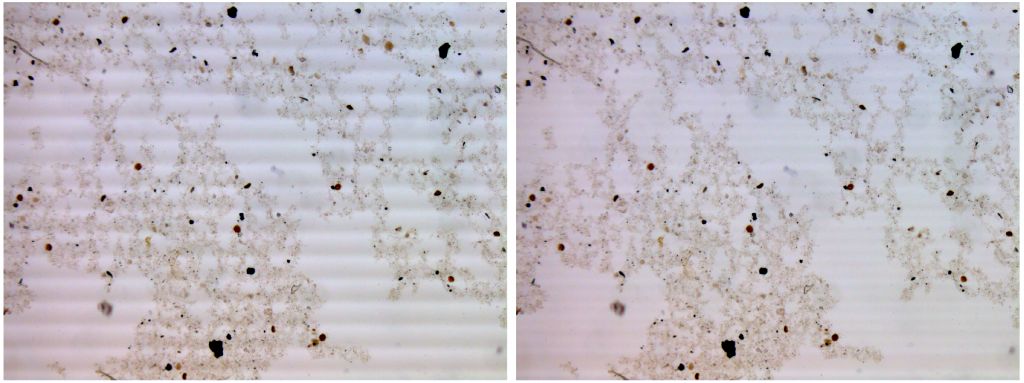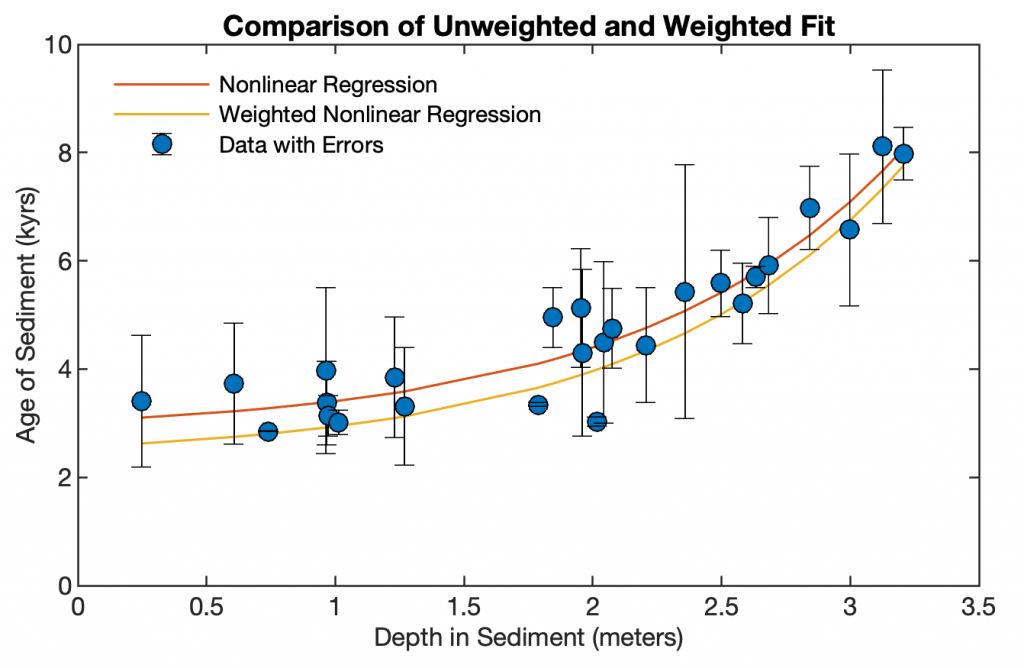
After 30 years of teaching statistical methods in the geosciences, I would like to give a few tips for our next generation. Back then, I was in awe of a term like chi-square test and kept my hands off it for a long time. However, I could not avoid complicated methods such as spectral analysis and filtering, because my doctoral project was about signal processing of paleoceanographic time series. Here we go. Continue reading “Statistics in Earth Sciences in 6 Steps”

